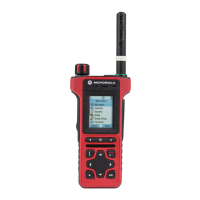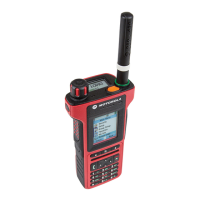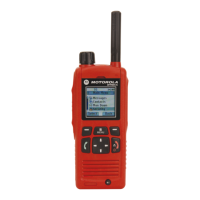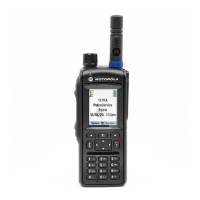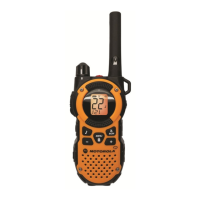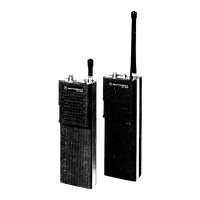If configured by service provider upon the reception of SDS Remote Control Service (AT command) request, the
radio gives an audio-visual notification.
The service provider has two options: Limited SDS RC and Full SDS RC modes.
The SDS remote control in the Limited SDS RC enables the following:
• Switching between TMO/DMO modes (read, change, notify) for individual radio and group (using +CTOM AT
command).
• Selecting a talkgroup (read, change, notify) for individual radio and group (using +CTGS AT command).
• Reading and setting the scanning state (using +CTSCAN AT command).
• Collecting Network Information from individual radio (Network Registration Status and Cell Signal Quality using
respectively the +CREG and +CSQ AT commands).
• Reading individual radio GPS position (using +GPSPOS AT command).
• Setting volume level for individual MT (using +CLVL AT command).
• Rebooting the radio (using R AT command).
• Terminating a call (using H AT command).
• Call forwarding (using +MCCFWD AT command).
The SDS remote control in the Full SDS RC enables to use most of the AT Commands. Refer to the AT Commands
Programmer`s Guide to see which are not supported.
This is a selling feature.
Call-Out
A call-out is an alert sent to one or many recipients when an incident requires immediate attention. The call-out
message can include an instruction to use a different talkgroup for the duration of the call-out or remain on the
attached talkgroup.
There are four types of Call-Out alerts:
• Normal
• Storm Plan
• Fallback Mode
• Test Call-Out
Only the emergency mode has higher priority than the call-out. When you receive the alert, the following responses
are available.
• Accept – additional information from the dispatcher is displayed.
• Stand by – voice and message communication is the same as for Accept.
• Reject – display returns to the home display and the talkgroup is set to the one before the call-out.
Call-out alert can be addressed as follows:
• ISSI – an individual.
• GSSI – a group of recipients.
All incoming and outgoing call-out messages are stored in CO Box (Call-Out Box) and can be managed through the
MMI. There is a two-level structure for the alerts. First level is the main alert list, and the second one are all the
messages associated with the alerts. Both lists are displayed chronologically with the newest on top. The capacity of
the CO Box is ten call-out alerts and 100 messages (incoming/outgoing). It has also the overwrite policy which
deletes the oldest one upon receipt of a new call-out message. When a new call-out arrives, the new call-out overrides
the old call-out (even if it has not been responded). An ongoing call-out overrides the old one in any phase of the call-
out alert.
In normal mode, you can browse the CO Box and read all the call-out messages. In the call-out mode, you can only
read the ongoing call-out messages.
64 | Services and Features
Send Feedback | |
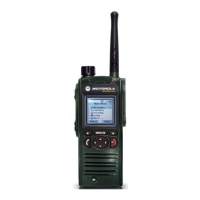
